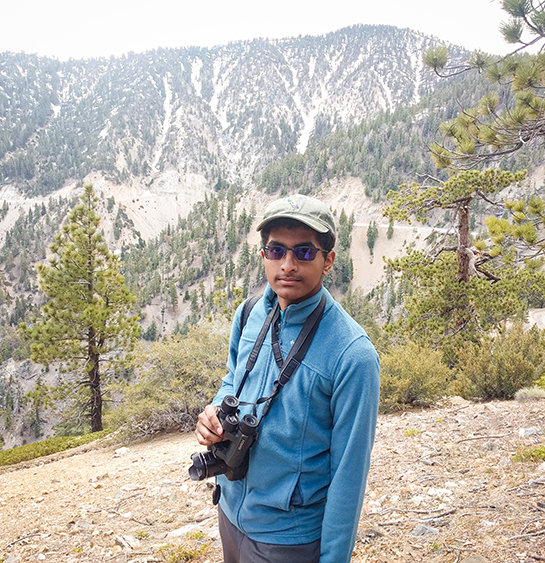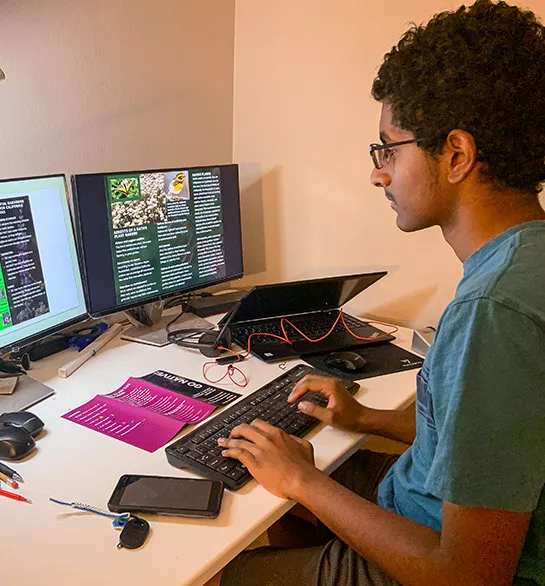Deeper Dive
Since childhood, I have been fascinated by nature and wildlife, especially birds. Birding has given me a keen appreciation for the interconnectedness of the natural world and the importance of preserving critical habitat for wildlife. Unfortunately, due to climate change and various anthropogenic stressors, birds in North America and throughout the world are in trouble. This biological burden we all face motivated me to explore ways by which I could help save birds and their habitats. In my project, I used fossil records and paleoclimatic data to study two birds in my state of California—the iconic California Condor and the Wild Turkey. Through my research, I developed ways to predict current habitats suitable for the condor by analyzing fossil locations and the climate of the distant past. This work is significant because my model can be used for predicting how the habitat of condors will shift due to climate change in the future, providing critically useful information for wildlife managers and conservationists. I also used similar fossil and climate data to determine whether the present-day Wild Turkey occupies the same niche as the extinct California turkey during the Ice Age. Such large-scale substitution of one species for another similar one can be important for preserving ecosystems and offering a potential tool for wildlife managers in the future.
Programming, statistical analysis, ecology, geographic information systems (GIS), modeling, machine learning were all areas that I was unfamiliar with when I embarked on my research. However, I spent a substantial portion of my time familiarizing myself with these concepts by referring to books, journal papers, online courses, articles, tutorials, and talking to my mentor, Dr. Alexis Mychajliw, as well as other subject matter experts. I self-taught myself R and Python to find the most efficient techniques to deal with the large amount of noisy data. Further, troubleshooting software bugs also often presented a challenge, but the online community I found on StackExchange forums and from the creators of open-source software packages, like Professor Townsend Peterson and his student Marlon Cobos of the University of Kansas, have been essential when seeking help and advice to further my research. Being able to figure out the nuances of these modeling tools by reaching out to members of the online scientific community saved several weeks’ worth of time in my research schedule and left me proud and empowered by this community of helpers.
My AP Biology teacher at school, Ms. Laura Kaufman offered support and motivation through my entire scientific journey in high school and offered feedback on my scientific writing and presentation. Joining the speech and debate club in my school also greatly helped me build confidence with presenting in front of unfamiliar audiences. While the pandemic forced the cancellation of several conferences I had been planning to attend to share my work, going online provided a solution once again as I discovered virtual conferences where I was able to present my work and network with other conservationists. All life on this planet is intimately connected to each other, and is, in turn, influenced by the health of the planet. Birds are often the harbingers of trouble in the ecosystem as they are so widely dispersed and occupy every biome on Earth. My condor study showed how climate change is likely affecting the habitat of these magnificent birds. I hope that the research techniques I employed can be used by others to understand and address the effects of climate change on all living beings. On the other hand, my second project on the Wild Turkey is a story of resilience of how an extant introduced species can fulfill the niche left vacant by an extinct species. It shows how the quality of an ecosystem, and hence the collective health of all creatures that inhabit it, can be preserved or enhanced through science.



